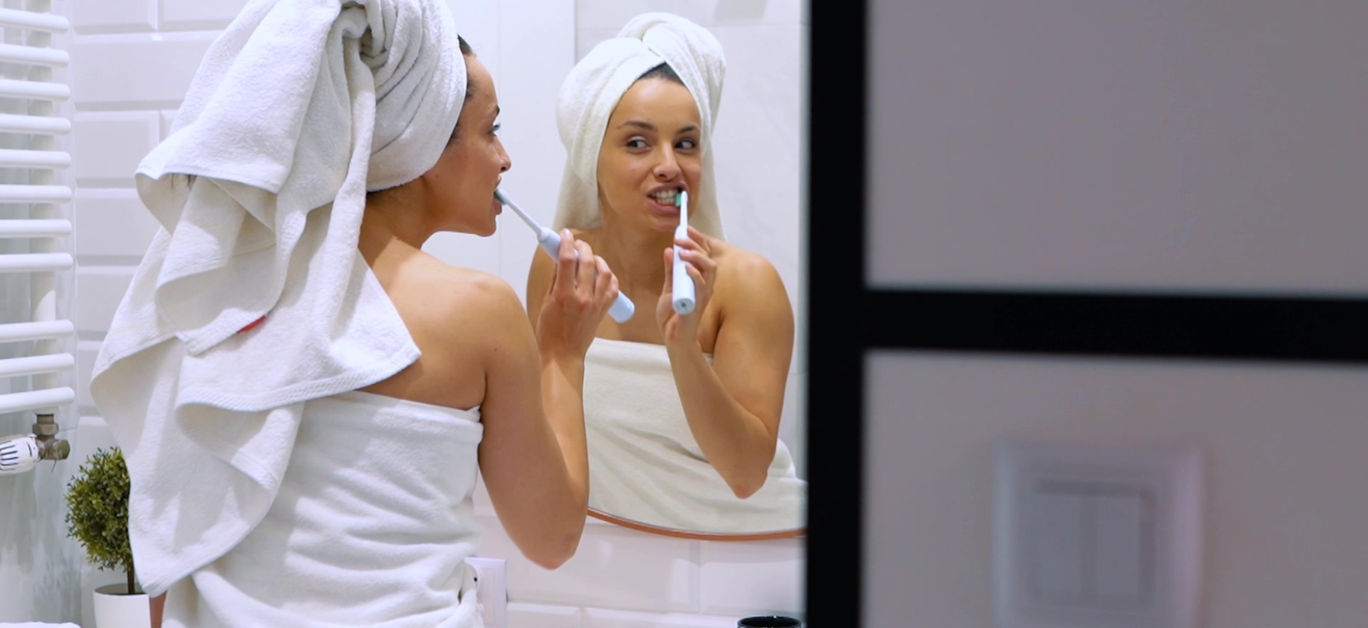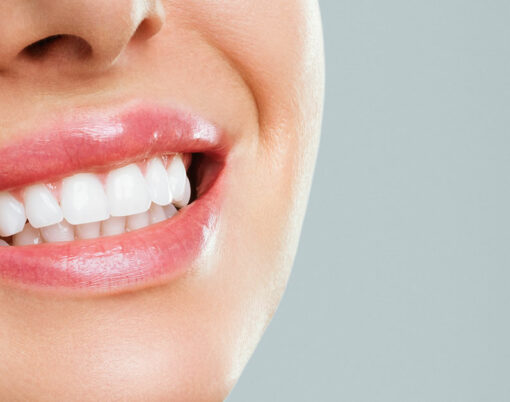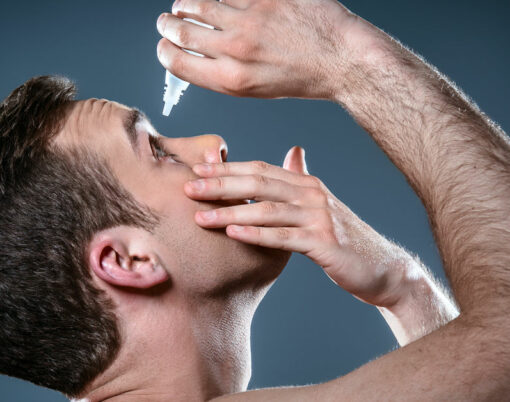Most people use an electric toothbrush over a manual, and for good reason; an electric toothbrush is generally considered a more efficient way of cleaning your teeth, however it has been found that many people are using it wrong.
Here, Dr Abdul Azizi, principal dentist of Harley Private Dentist Clinic, shares his advice for the right way to use an electric toothbrush, as well as the benefits of using electric over manual.
When should you use an electric toothbrush?
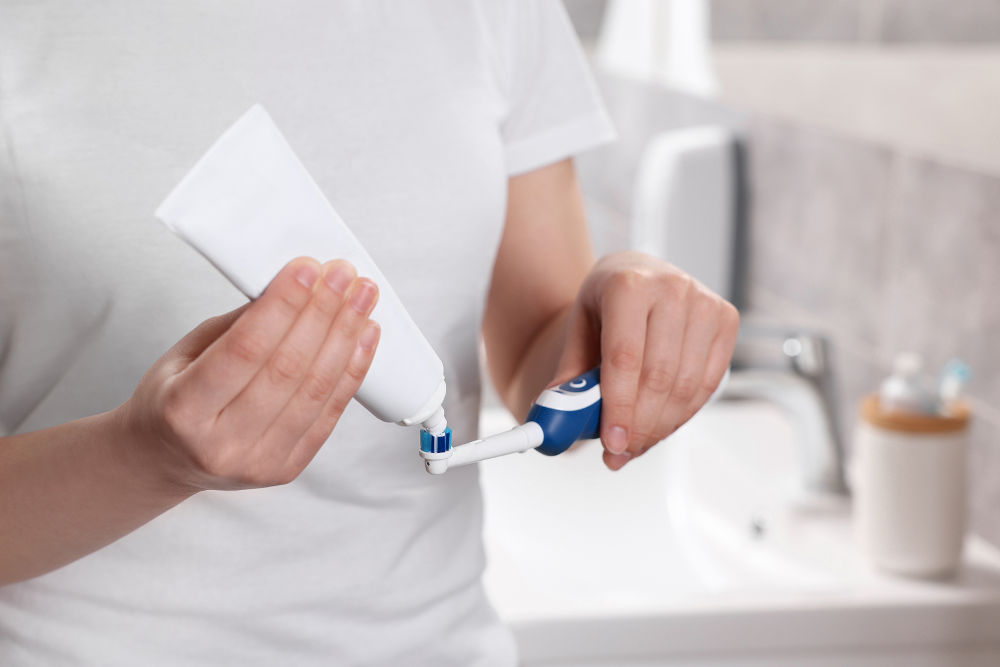
You should use your electric toothbrush as part of your daily oral hygiene routine. It is particularly beneficial for individuals with limited dexterity, braces, or dental appliances, as well as those who want improved plaque removal and a potentially more enjoyable brushing experience. The electric toothbrush’s oscillating, rotating, or vibrating action helps effectively clean teeth and gums, ensuring thorough plaque and food particle removal.
Additionally, the built-in timers in some models can help ensure that you brush for the recommended two minutes. Ultimately, using an electric toothbrush can contribute to better oral health when used regularly and in conjunction with flossing and regular dental check-ups.
How to use an electric toothbrush
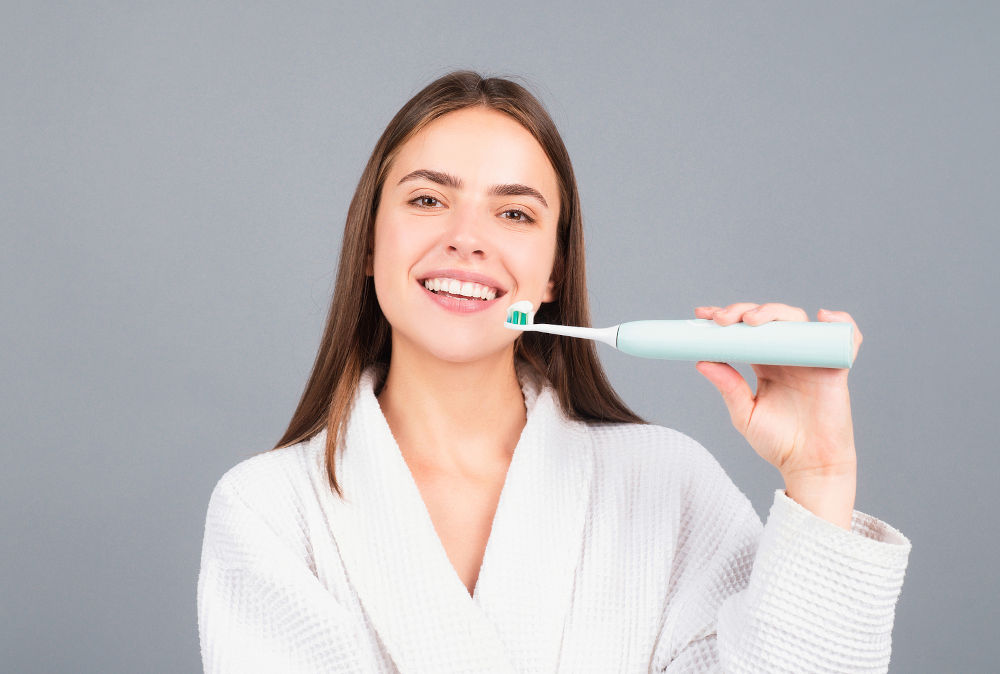
Properly using an electric toothbrush is essential to ensure effective cleaning and maintain good oral hygiene. Below is my guide on how to use an electric toothbrush correctly:
- Choose the right brush head: Select a brush head that suits your needs. There are various types of brush heads, such as those for sensitive teeth, gum care, or orthodontic use. Replace the brush head every three months or sooner if the bristles become frayed.
- Apply toothpaste: Apply a pea-sized amount of fluoride toothpaste on the brush head. Avoid using too much toothpaste, as excessive foaming may reduce the effectiveness of the brushing process.
- Wet the brush head: Wet the bristles of the brush head before turning on the electric toothbrush. This prevents excessive splattering and helps the toothpaste spread more evenly.
- Position the brush: Hold the toothbrush at a 45-degree angle to the gumline. Place the bristles on the outer surface of the teeth.
- Turn on the toothbrush: Turn on the electric toothbrush and start brushing. Let the toothbrush do the work; avoid applying excessive pressure as it may lead to gum irritation and enamel abrasion.
- Brush each quadrant: Divide your mouth into four sections (upper right, upper left, lower right, lower left). Spend about 30 seconds on each quadrant to ensure you brush all surfaces of your teeth and gums.
- Use gentle circular motions: For most electric toothbrushes, use gentle circular or back-and-forth motions to clean the teeth thoroughly. Follow the natural curve of your teeth and gums.
- Brush all tooth surfaces: Brush the fronts, backs, and chewing surfaces of all teeth. Additionally, gently brush along the gumline to remove plaque and food particles.
- Rinse and clean: Once you’ve completed brushing, turn off the toothbrush and rinse your mouth thoroughly with water to remove any remaining toothpaste and debris.
- Clean the brush head: Rinse the brush head thoroughly under running water to remove any residual toothpaste and debris. Store the toothbrush in an upright position to allow it to dry properly.
- Floss and rinse: After brushing, don’t forget to floss between your teeth and rinse with an antibacterial mouthwash for comprehensive oral care.
- Charge the toothbrush: If your electric toothbrush is rechargeable, place it on the charger to ensure it’s fully charged for the next use.
What are the benefits of using an electric toothbrush?
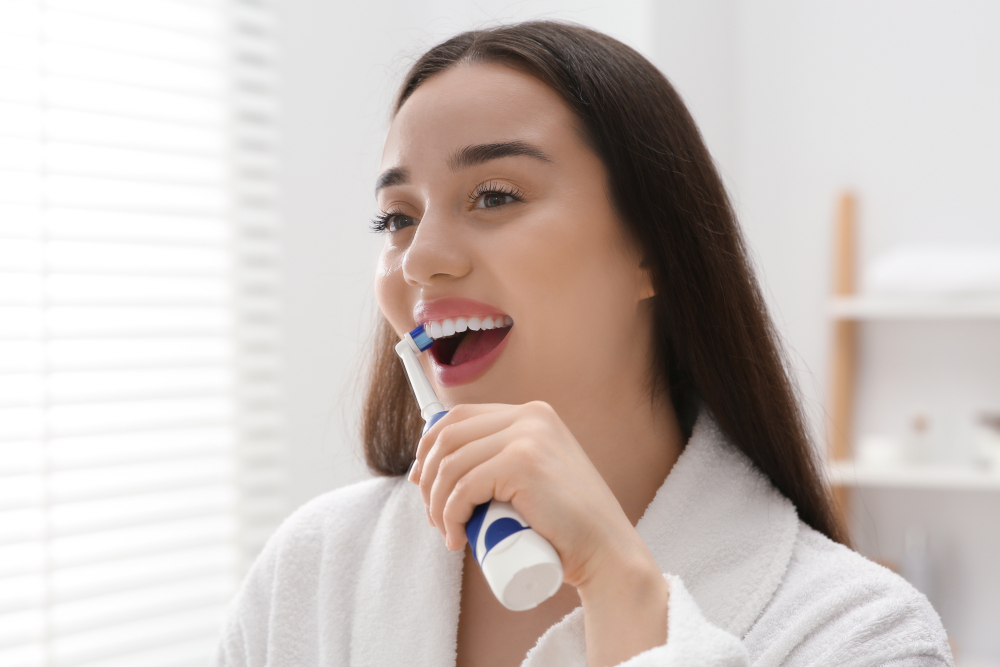
Using an electric toothbrush offers several distinct advantages over a manual one. Firstly, electric toothbrushes are generally more effective at plaque removal due to their oscillating, rotating, or vibrating brush heads, which can reach areas that manual toothbrushes might miss. This enhanced cleaning capability can lead to better oral hygiene and a reduced risk of cavities and gum disease. Additionally, electric toothbrushes are particularly beneficial for individuals with limited dexterity or physical challenges, as they require less effort and provide a more consistent brushing experience.
Many electric toothbrushes also come with built-in timers, encouraging users to brush for the recommended two minutes. Some models have pressure sensors to prevent overbrushing, protecting gums and enamel. Moreover, the different brushing modes cater to various oral health needs, and for children, using an electric toothbrush can make brushing more enjoyable, fostering better lifelong oral care habits. Overall, electric toothbrushes are a popular choice recommended by dental professionals for their superior cleaning capabilities and potential to improve oral health outcomes.












